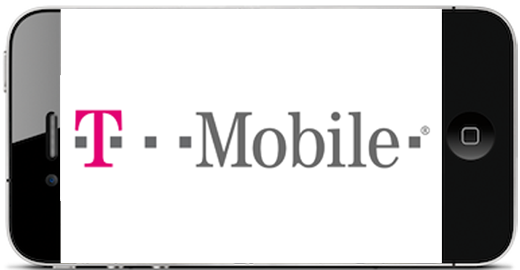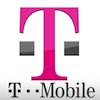The iPhone 4S has arrived on three of the four major U.S. wireless carriers – AT&T, Sprint, & Verizon. The new device has even arrived on a small regional carrier called C Spire, but the iPhone 4S (or any iPhone for that matter) has yet to arrive on T-Mobile, and many have been wondering why.

There are both technical and political reasons that the iPhone has not officially become available on T-Mobile’s cell network in the U.S. Here are two reasons that tie in with each other, and likely make up the bulk of the reason for why T-Mobile has yet to see any iPhone action.
T-Mobile Uses Different 3G Frequencies
While unlocked iPhones can function on T-Mobile’s network, they can only operate at 2G “Edge” speeds. This is because T-Mobile uses unique frequencies for their 3G and “4G” connections that simply aren’t in widespread use. There is some reason to think that Apple has tested iPhones on T-Mobile’s network in the past, but has decided for whatever reason not to proceed with offering the device on their network.
T-Mobile uses a rare set of frequencies called AWS (Advanced Wireless Services). This band is unique, because it operates between two different frequencies – half in the 1700 MHz (1.7 GHz) and half in the 2100 MHz (2.1 GHz) frequencies. Because no other major providers use these frequencies, Apple simply hasn’t built support for them into the iPhone. T-Mobile has released a statement explaining the issue:
T-Mobile thinks the iPhone is a good device and we’ve expressed our interest to Apple to offer it to our customers. Ultimately, it is Apple’s decision. The issue remains that Apple has not developed a version of the iPhone with technology that works on our fast 3G and 4G networks. We believe a capable version of the iPhone for our 3G and 4G networks would offer an additional compelling option for our customers on a fast 4G network. However, the iPhone is not the only option to experience the benefit that smartphones offer.
Proposed AT&T Merger
Of course, as T-Mobile points out, Apple certainly could develop a version of the iPhone that can operate on T-Mobile’s 3G frequencies, but in addition to the additional expense of doing so, and a decision by Apple of whether or not that would be cost-effective for them, there is one other major factor at play that is likely causing Apple to hold back: AT&T’s proposed buyout of T-Mobile.
AT&T has made an offer to purchase T-Mobile USA for $39 billion dollars, but their offer has been controversial due to AT&T’s size, and the fact that allowing the purchase would give AT&T a more significant advantage over its competitors. The buyout is being questioned by the U.S. government, as well as by Sprint and other groups, while others support the purchase.
Due to the unsettled nature of this dispute, and the fact that it’s unclear whether or not AT&T will ultimately be allowed to buy T-Mobile, Apple likely wasn’t willing to spend the money to adapt the iPhone hardware to T-Mobile’s 3G frequencies only to later find out the effort was unnecessary.
Conclusion
T-Mobile certainly has a customer base that Apple could benefit from, but the matter is not as simple as handing T-Mobile a stack of iPhones and allowing them to offer the devices to their customers. As frustrating as it may be for T-Mobile customers, it’s important to understand that there are strong underlying reasons that the iPhone hasn’t yet become available to them – reasons which may or may not be remedied in the near future.


